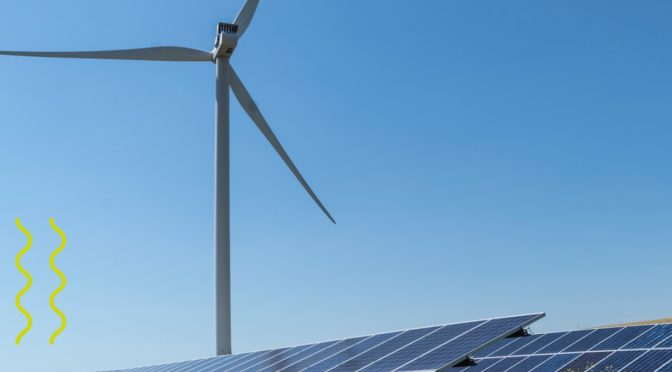Dominica, a small island nation in the Caribbean, has been making strides in recent years to transform its energy market and reduce its dependence on fossil fuels. The country has set ambitious goals to achieve a more sustainable and resilient energy sector, focusing on the development and integration of renewable energy sources. With its abundant natural resources, Dominica has the potential to become a regional leader in clean energy production, paving the way for a greener and more prosperous future.
The island’s rich geothermal resources have been identified as a key driver for the transition to renewable energy. Dominica is located on the Caribbean Plate, which is characterized by high volcanic activity, providing the island with an abundance of geothermal energy. The government has recognized the potential of this resource and has been actively pursuing the development of geothermal power plants. In 2018, the construction of a 7-megawatt geothermal power plant began, with the aim of providing clean and reliable electricity to the island’s residents. Once completed, the plant is expected to supply nearly half of Dominica’s electricity needs, significantly reducing the country’s reliance on imported diesel fuel.
In addition to geothermal energy, Dominica is also exploring the potential of other renewable energy sources, such as solar and wind power. The island’s tropical climate and consistent trade winds make it an ideal location for harnessing solar and wind energy. The government has been actively promoting the installation of solar panels on residential and commercial buildings, offering incentives and subsidies to encourage adoption. Furthermore, several wind energy projects are in the planning stages, with the potential to further diversify the country’s energy mix and reduce its dependence on fossil fuels.
Hydropower is another renewable energy source that has been gaining traction in Dominica. The island’s numerous rivers and waterfalls provide ample opportunities for the development of small-scale hydropower projects. The government has been working closely with local communities and international partners to identify suitable sites for hydropower plants and provide the necessary technical and financial support. These projects not only contribute to the country’s renewable energy goals but also help to create jobs and stimulate economic growth in rural areas.
The transition to renewable energy sources is not without its challenges, however. The intermittent nature of solar and wind power requires the development of energy storage solutions to ensure a stable and reliable electricity supply. Moreover, the integration of various renewable energy sources into the existing grid infrastructure can be complex and costly. To address these challenges, the government has been collaborating with international organizations and private sector partners to develop innovative solutions and build local capacity.
One such initiative is the establishment of the Centre of Excellence for Renewable Energy and Energy Efficiency (CEREE), a regional hub for research, innovation, and capacity building in the Caribbean. The center aims to support the development and implementation of renewable energy projects in Dominica and other Caribbean countries, fostering regional cooperation and knowledge sharing.
In conclusion, Dominica’s energy market is undergoing a significant transformation, driven by the government’s commitment to promoting renewable energy sources and reducing the country’s dependence on fossil fuels. The island’s abundant natural resources, such as geothermal, solar, wind, and hydropower, offer immense potential for clean energy production. With continued investment in research, innovation, and capacity building, Dominica is well-positioned to become a regional leader in renewable energy and serve as a model for other small island nations seeking to transition to a more sustainable and resilient energy sector.


